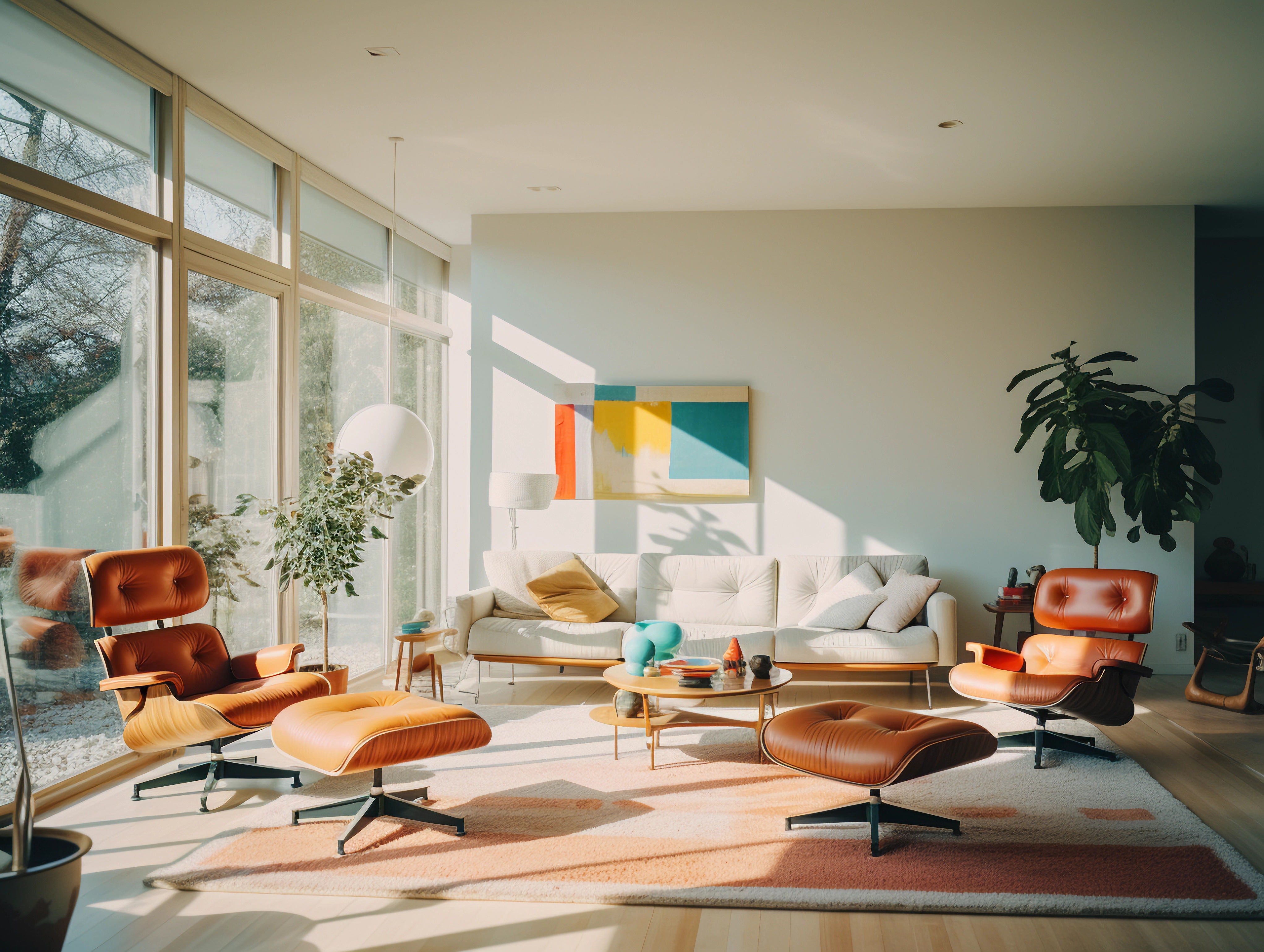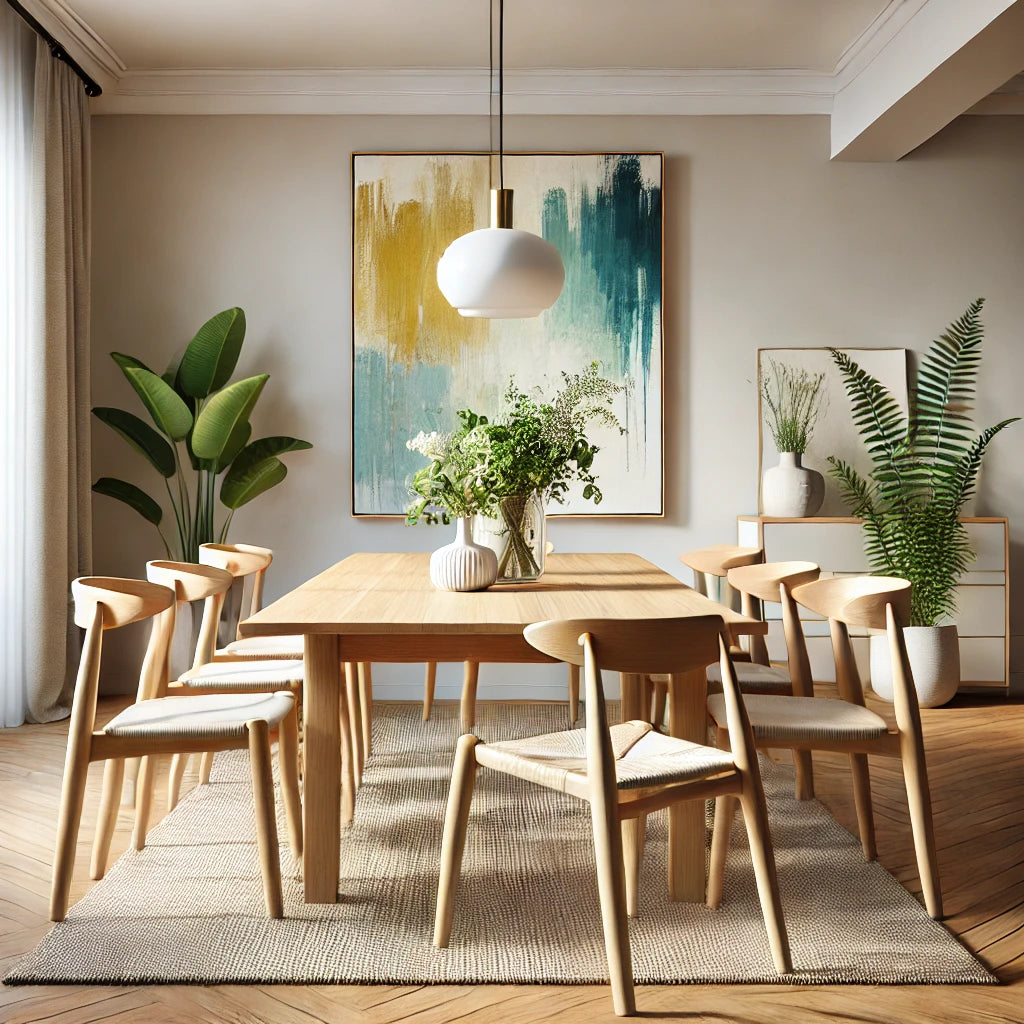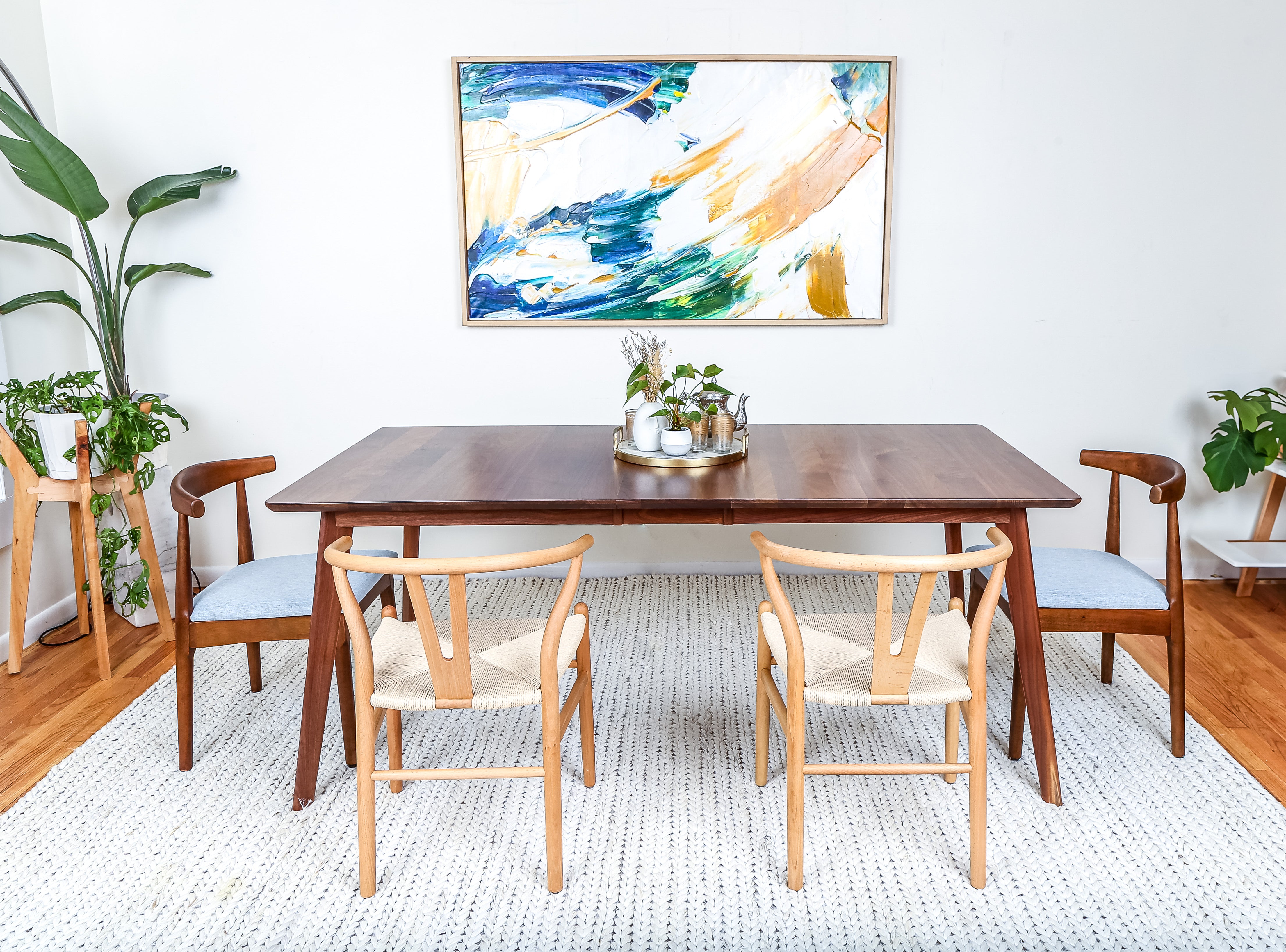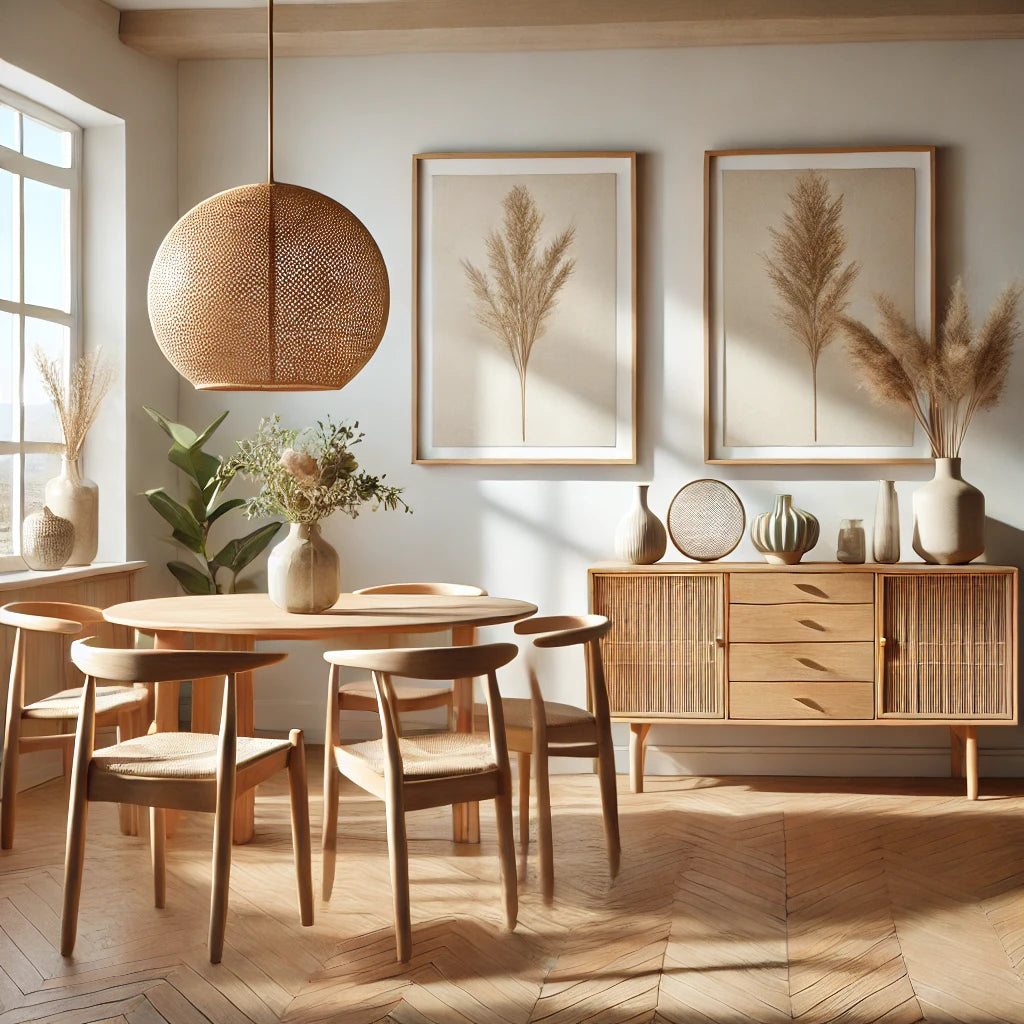The Ultimate Guide to Mid-Century Modern Furniture and Design
by Robert William on Oct 15, 2023

Unveiling the Mystique of Mid-Century Modern Design
Mid-Century Modern (MCM) has more than just a retro appeal; it stands as an enduring embodiment of architectural and furniture innovation. This design approach emerged in the middle of the 20th century, defining an era and forever changing our living spaces. It fuses simple yet captivating lines, an array of colors, and a blend of materials that speaks to both form and function.
Defining Characteristics: What Makes It Mid-Century Modern?
Understanding the nuances of MCM is essential for both collectors and everyday enthusiasts. Let's explore the core principles that set this design trend apart.
Simplicity in Form
Aesthetic simplicity and uncluttered spaces lie at the heart of MCM. This minimizes the use of intricate elements, focusing instead on the beauty of simple geometric shapes.
Functionality First
Deriving from architect Louis Sullivan's principle of "form follows function," MCM prioritizes practicality. Every piece of furniture is not just a spectacle but serves a distinct purpose.
A Palette of Possibilities
From muted earth tones to vibrant hues, MCM is diverse in its color schemes. This facilitates a broad range of expressions and moods, allowing for personalized spaces.
Material Dexterity
This design approach leverages multiple materials—from wood to metal and even fiberglass—imbuing spaces with an eclectic texture that feels both nostalgic and forward-thinking.

A Stroll Through History: The Origins and Influences
While the term "Mid-Century Modern" may have been coined as late as 1983 by art historian Cara Greenberg, the design ethos traces its roots back to the mid-1930s through the 1960s. Its ascendancy was accelerated by an influx of European immigrants skilled in Bauhaus and Danish Modernism. The post-World War II era further fueled its growth, with technological advances and new materials like molded plywood and fiberglass becoming staples.
Mid-Century Modern vs. Modern Industrial: Spotting the Differences
While both styles share a "modern" moniker and post-war origins, they are distinct in philosophy and execution.
Mid-Century Modern
- Clean, finished edges
- Varied color palette
- Smooth surfaces
Modern Industrial
- Unfinished, raw forms
- Neutral and monochromatic colors
- Natural elements like live edges and burls

Mid Century Modern: A Timeless Narrative
When it comes to Mid-Century Modern furniture, two terms often pop up that capture its essence: 'sleek' and 'retro.' But what do these words really mean in this context?
The term 'sleek' refers to the design's streamlined, polished appearance, often featuring clean lines and a minimalist approach.
On the flip side, 'retro' harks back to the design trends of the mid-20th century. From the use of teak wood (which is used less and less today) to iconic shapes like the boomerang or “amoeba” coffee tables shapes. Retro' in Mid-Century Modern design is all about capturing the nostalgic elements of the past. What does that mean in the context of mid century Modern? Read on…

One fascinating layer to the 'retro' aspect of Mid-Century Modern design is its infusion of space-age aesthetics and futurism. The mid-20th century was a pivotal era marked by groundbreaking advancements in science and technology, most notably the Space Race. This period's collective imagination was captured by the promise of space exploration, moon landings, and the idea that a futuristic utopia was just around the corner.
In furniture design, this manifested as pieces that exuded a sense of futurism. Think of iconic items like the Eames Lounge Chair or the Noguchi Table—both classics that felt revolutionary in their time, almost as if pulled from the pages of a science fiction novel. Materials such as molded plastic, fiberglass, and even Lucite began to appear, offering a gleaming contrast to the natural woods that were also prevalent Yet, these retro characteristics are often updated for today's lifestyle, blending seamlessly with contemporary materials and finishes.
In terms of furniture, Mid-Century Modern design often incorporates vintage or retro pieces. These can be original vintage finds or reproductions inspired by the era. The furniture is typically sleek and streamlined, with clean lines and minimal ornamentation. Mid-Century Modern design also embraces open floor plans, allowing for seamless flow between different areas of the home.
Further Reading
- Modern vs. Contemporary Design: A Comparative Study
- Top 5 American Furniture Designers
- Furniture and Interior Design Trends for 2023
- Frank Lloyd Wright: The Pioneer of Organic Architecture










